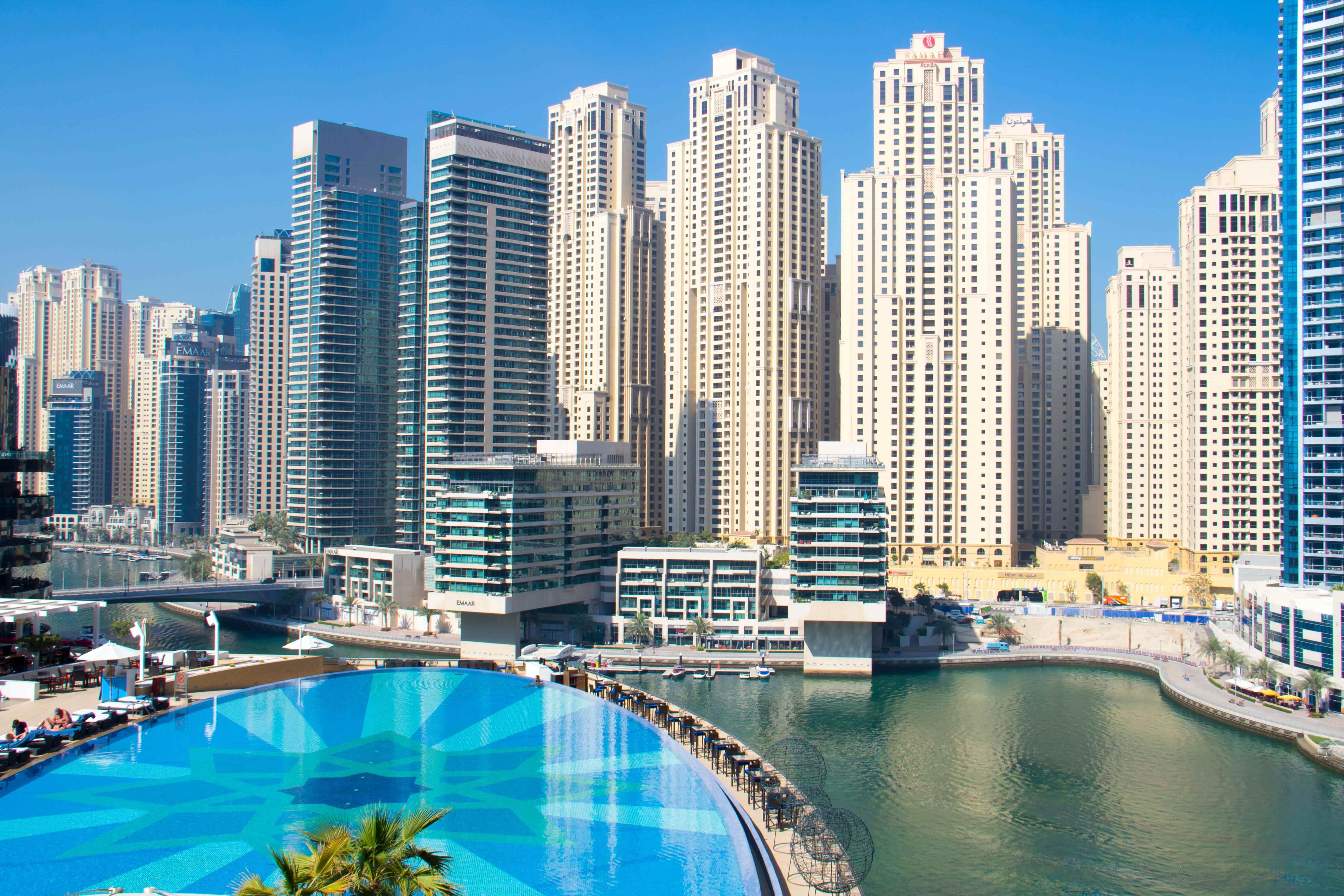VC Fund Structures In UAE

VC funds are typically structured as closed-end investment vehicles. The fund’s prospectus permits it to raise capital commitments during a limited period, that usually ranges from 6 to 18 months. The fund then ‘closes’, that is, does not accept any further investor commitments once this period is completed.
Normally, the commitments are not funded all at once, but are ‘called’ in by the fund manager on an ‘as-needed’ basis, so that investments can be made during the ‘investment period’. These are called ‘drawdowns’, and typically done in 3-4 tranches. Drawdowns should also accommodate the fees and expenses of the fund.
Most funds call for at least 25% of the capital commitments during the time of subscription, with further drawdowns being made in a maximum of 3-4 tranches.
In many countries, venture capital funds are formed as Limited Liability Partnerships, with a General Partner managing the investments – akin to a fund manager in an investment company structure. Commonly known as the GP/LP structure, they are advantageous since they are ‘pass-through’ entities for tax purposes and not subject to corporate income tax. In these cases, all income, profits and deductions are taxed once at the investor level only. Also, the liability of Limited Partners is limited to their capital commitments and share of the fund’s assets.
In the United Arab Emirates, specifically under the DIFC, GP/LP structures do not hold any material advantage of Closed-Ended Investment Company structures from a tax point of view, since both structures are not subject to taxation. The DIFC and the ADGM have a guaranteed tax holiday for fifty years, and this is one of the main advantages of setting up a venture capital fund in these centres.
Other advantages of setting up in the DIFC and the ADGM include:
Legal and regulatory framework:
1. Legal framework supports cross-border activities.
2. 100% foreign ownership permitted.
3. No restriction on foreign talent or employees.
4. No restrictions on capital repatriation.
Tax benefits:
1. Zero tax for 50 years on profits, capital or assets. The base year is 2004.
2. Zero tax on income.
3. Counterparty confidence.
4. Highly regarded, independent regulator.
5. Independent, English-speaking, common law judicial system.
6. Distinct from the UAE legal system.
Diverse ecosystem:
1. Central to regional deal making.
2. A large number of international finance firms, collective investment schemes, wealth management firms, banks, and other financial institutions.
3. Best-in-class service providers, including regional and international law firms and audit firms, consultancies and other professional services.
4. The largest fund domiciles in the region.
Geographic epicentre:
1. Management offices of large groups, holding and proprietary investment companies and family offices are located closer to the assets they own or manage.
2. The Middle East, Africa and South Asia region has gained a prominent place in the global economy.
3. The United Arab Emirates plays an important role in global trade, facilitating the connection between the West and the East.
Fund Manager:
The fund manager takes responsibility of the operation of the fund, with it’s primary responsibility being managing the capital of the fund. The General Partner takes up this responsibility in a GP/LP structure.
The arrangement is typically governed by an investment management agreement. In some structures, the Manager also appoints a separate investment advisory company, under an investment advisory agreement. Under this arrangement, the fund pays fees to the investment advisor, for providing specialist advice on potential investment opportunities and research.
The Fund Manager usually has an Investment committee, that takes investment decisions based on these evaluations.
A Fund Manager can manage multiple funds, with varied structures and investment objectives. In the context of VC funds, this can take the form of sector-specific or geography-specific funds. For instance, a biotech-VC fund, or an India-focused VC fund.
INVESTMENT COMMITTEE:
Every fund has a board of directors that have fiduciary responsibility when it comes to managing the affairs of the fund. For smaller funds, the board is typically a superset of the board of the fund manager.
Funds also establish investment committees that comprise representatives of the fund manager, and representatives of some larger investors. The investment committee is appointed by the fund and approves the fund’s investment objectives and oversees the fund’s portfolio investment decisions. The investment committee typically makes the final decision to invest the fund’s capital.
Other related fund vehicles:
Structures for venture capital funds may involve the formation of other related investment fund vehicles to account for certain regulatory, tax and other structuring needs of one or more groups of investors. These additional entities can also be formed after the fund itself is established, as and when the need for them arises. These vehicles may include:
- feeder and parallel funds.
- alternative investment funds;and
- co-investment vehicles.

Parallel Funds:
Parallel funds are parallel investment vehicles. They are usually formed to invest and divest in the same investments, and at the same time, as the principal fund. Parallel funds usually have the same terms and conditions as the principal fund, with a few differences that are needed to accommodate specific investment requirements applicable to the investors in the parallel fund.
Parallel venture capital funds are often established in jurisdictions other than that of the principal fund. For instance, a DIFC-based VC Fund may have a Luxembourg-based Venture Capital fund in parallel, to accommodate investors from the European Union.
Investment Vehicles or SPVs:
SPVs are vehicles that are established to accommodate the structuring needs of the venture capital fund, or some of it’s investors, in connection with one or more specific investment.
While a parallel fund is created for investors to participate as an alternative to the main fund, an SPV is established for investors to take advantage of efficient structures to hold specific assets, especially real estate and alternate assets. This is done in instances when a VC fund is not the most efficient vehicle to be used for the investment, and this can be to accommodate tax, jurisdictional or other regulatory obligations.
Fund management agreements typically permit the fund manager to form an investment vehicle through which all, or certain investors, may invest in a fund investment, relieving those investors from the obligation to participate in the investment through the fund vehicle itself.
The fund management agreement would require these investment vehicles or SPVs to have the same terms as the main fund. The Fund Manager has the discretion to form a separate vehicle, or use the fund itself, or a mix of both, depending on the particular transaction.
For example, a DIFC-based venture capital fund seeking to invest in a portfolio company located in a country that imposes a withholding tax on distributions to offshore financial centers may form an investment vehicle in Luxembourg for the purpose of making the investment.
Feeder Funds:
Feeder funds are formed by a fund manager to accommodate investments in the main fund, also called the master fund, by one or more investors. The feeder fund usually collates a group of investors from a particular jurisdiction and exists only to ‘feed-the-master’, and typically do not have any other investment objective.
For instance, a DIFC Venture Capital Fund may have a feeder fund in Luxembourg, to collate all investors from the European Union. Feeders usually exist for tax purposes, or to give comfort to investors in some jurisdictions, who prefer dealing with structures closer to where they are located.
Co-investment Vehicles:
Co-investment vehicles are investment entities formed by the fund manager to invest alongside the principal VC fund, and parallel funds, if any.
These vehicles make investments in specific fund portfolios. They are legally distinct from the principal fund and are controlled by the fund manager. However, they may or may not have the same terms or fee schedules as the principal fund. Co-investment vehicles are usually formed to accommodate investments made by certain investors outside of the fund on a deal-by-deal basis, and may have investors who are not necessarily investors in the main fund.
In some cases, co-investment vehicles may have investors who are also invested in the main fund, but to whom the fund manager wants to allocate an increased share of a particular investment.
For example, a co-investment vehicle may be used by a DIFC VC Fund Manager when the amount of a particular investment is too large for a fund, or when the participation of a strategic outside investor facilitates the investment opportunity.
Get in touch today! for More Information On VC Fund Structures In UAE or VC Fund Formation Vehicles
Read here, To Know more about Venture Capital Fund Formation In The UAE.















 CONTACT
CONTACT